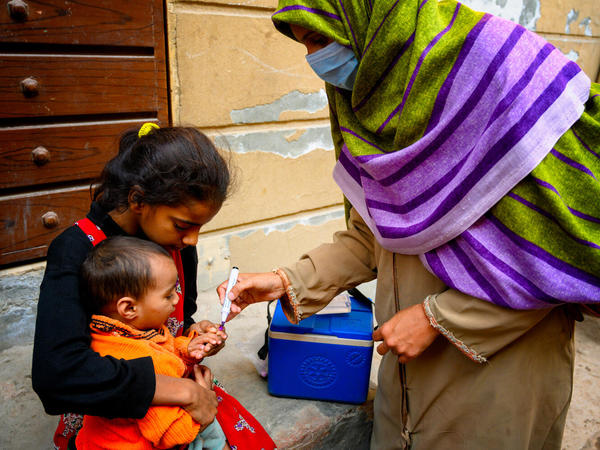Developing a detailed situation analysis may seem like a lot of work, but it is the essential first step to developing any communication strategy, whether for the first time, or whether considering revisions to an existing strategy. In the case of outbreaks or other emergencies, you may not have the time or depth of knowledge you would like but any research, stakeholder engagement, and analysis at this stage will only make your efforts more effective.
A situation analysis should take a large part of your time, but it should not be seen as a finite activity. It should be a constant process of evaluation and reassessment to ensure your research and assumptions hold up as your programme matures.
A situation analysis is about understanding the context in which you're operating, being precise about what problems you are trying to address, and using data effectively to tailor your response.
Most importantly it helps you to understand the disease and the behavior, both desired and current from the perspective of your target communities.
Learn more
Explore the other two learning modules in this 3-step tutorial to design evidence-driven communication strategies to help vaccinate every child.
Integrate communications tactics and understand their strengths and weaknesses, then evaluate performance.
Define your target audience and barriers to change, then develop messages and choose channels to reach your audience.



